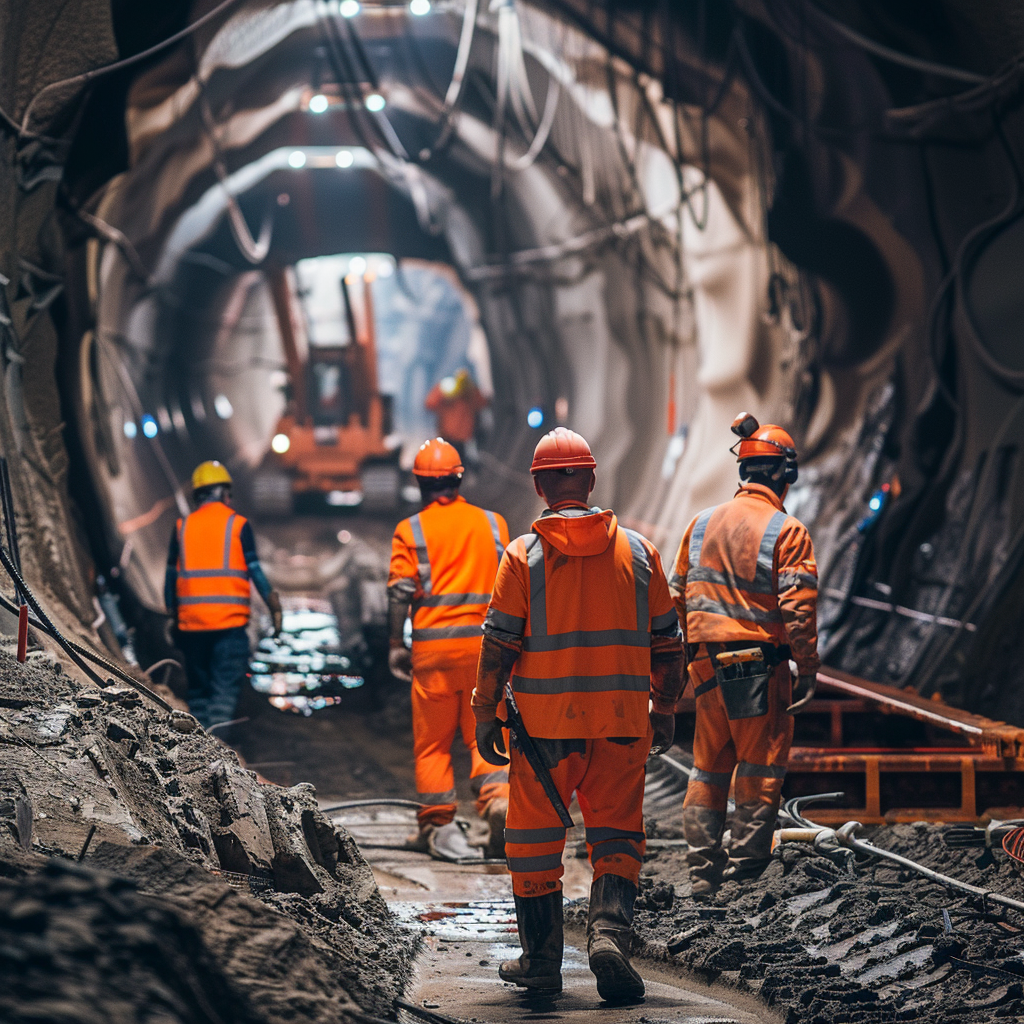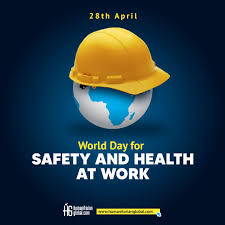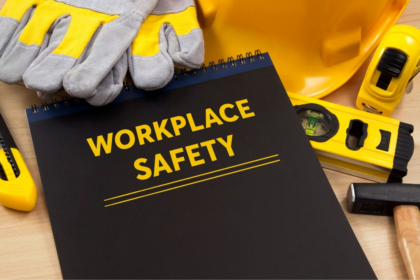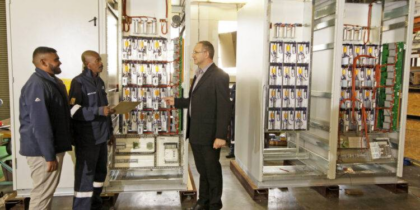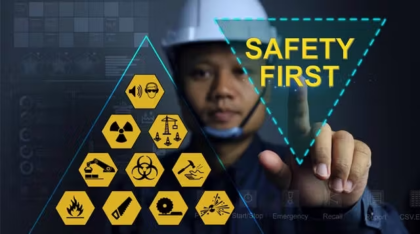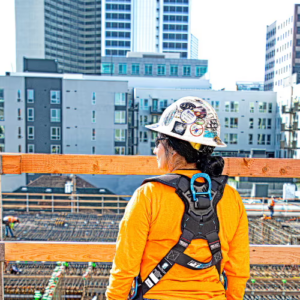Post-Pandemic Workplace Safety Regulations: Long-Term Impacts on Health and Safety Protocols. In the wake of the COVID-19 pandemic, workplace safety regulations have undergone significant transformations, reflecting the need for heightened health and safety measures. As businesses adapt to the post-pandemic environment, the changes in these regulations are set to have lasting impacts on how workplaces operate and ensure employee well-being.
Enhanced Hygiene and Sanitation Protocols
One of the most immediate and visible changes in workplace safety has been the enhancement of hygiene and sanitation protocols. During the pandemic, frequent cleaning and disinfection of surfaces became standard practice. These protocols are now being solidified into long-term policies. Businesses are required to maintain regular cleaning schedules, provide hand sanitizing stations, and ensure that high-touch areas are frequently disinfected. Post-Pandemic Workplace Safety Regulations: Long-Term Impacts on Health and Safety Protocols.
Implementation of Health Screenings
Health screenings, once a temporary measure, have become a staple in many workplaces. Temperature checks and health questionnaires are now routine for employees entering the workplace. Some companies have even implemented more advanced health monitoring systems, such as thermal imaging cameras and wearable health devices, to continuously monitor employee health and detect potential outbreaks early.
Remote Work and Flexible Scheduling
The pandemic forced a rapid shift to remote work, and this trend appears to be here to stay. Many organizations are adopting hybrid models that allow employees to work from home part-time. This flexibility helps reduce the number of people in the workplace at any given time, minimizing the risk of virus transmission. Additionally, staggered shifts and flexible scheduling are becoming common practices to ensure social distancing.
Air Quality and Ventilation Improvements
The importance of indoor air quality has come to the forefront, leading to substantial investments in HVAC systems. Enhanced ventilation, the use of HEPA filters, and regular maintenance of air systems are now critical components of workplace safety. These measures help reduce the concentration of airborne pathogens, creating a healthier indoor environment.
Personal Protective Equipment (PPE) Policies
During the height of the pandemic, the use of masks and other PPE was mandated in many workplaces. While mask mandates have relaxed in some areas, PPE policies remain in place, especially in industries where workers are in close contact or in sectors like healthcare. Employers are continuing to provide PPE to employees and are establishing guidelines for its use during health emergencies.
Mental Health and Wellness Programs
The pandemic underscored the importance of mental health, leading to a greater emphasis on employee wellness programs. Companies are now more proactive in offering mental health resources, including counseling services, stress management workshops, and wellness apps. There is also a growing recognition of the need to create a supportive work environment that fosters mental well-being.
Training and Preparedness for Health Emergencies
Businesses have recognized the necessity of being prepared for future health crises. As a result, regular training sessions on health emergency protocols have been implemented. Employees are trained on proper hygiene practices, the use of PPE, and emergency response procedures. These training programs are designed to ensure that the workforce can quickly and effectively respond to any future outbreaks.
Regulatory Compliance and Enforcement
Governments and regulatory bodies have introduced new standards and guidelines to address workplace safety in the context of the pandemic. Compliance with these regulations is now a critical aspect of business operations. Companies must stay updated with the latest guidelines from agencies like the Occupational Safety and Health Administration (OSHA) and ensure that their practices align with these standards. Regular audits and inspections are conducted to enforce compliance and ensure workplace safety.
Long-Term Cultural Shift
Beyond the tangible changes, there is a broader cultural shift towards prioritizing health and safety in the workplace. Employees are more aware of the importance of a safe working environment, and employers are increasingly committed to maintaining high standards of health and safety. This cultural shift is likely to have a lasting impact, influencing workplace policies and practices for years to come.
The post-pandemic landscape has fundamentally altered workplace safety regulations, embedding a heightened focus on health and well-being into the core of business operations. As these new regulations continue to evolve, they promise to create safer, healthier workplaces that are better equipped to handle future challenges.






